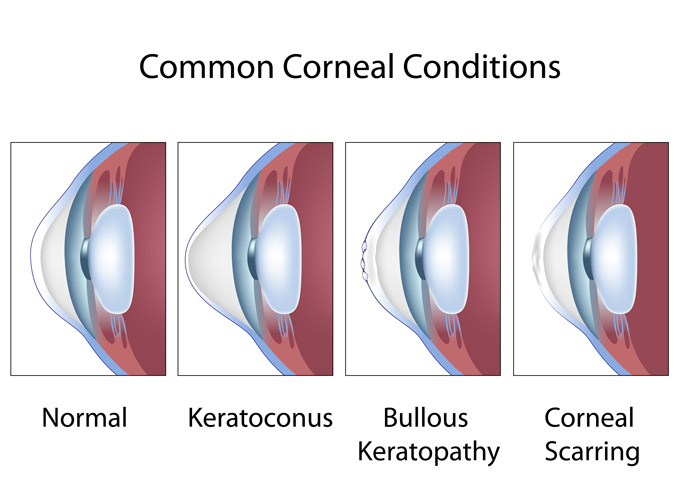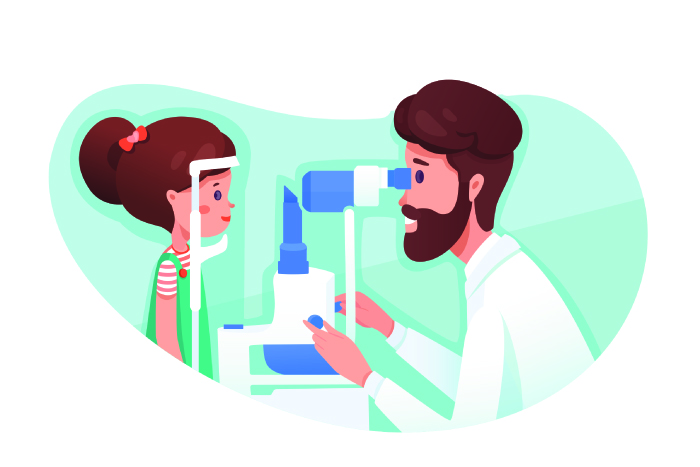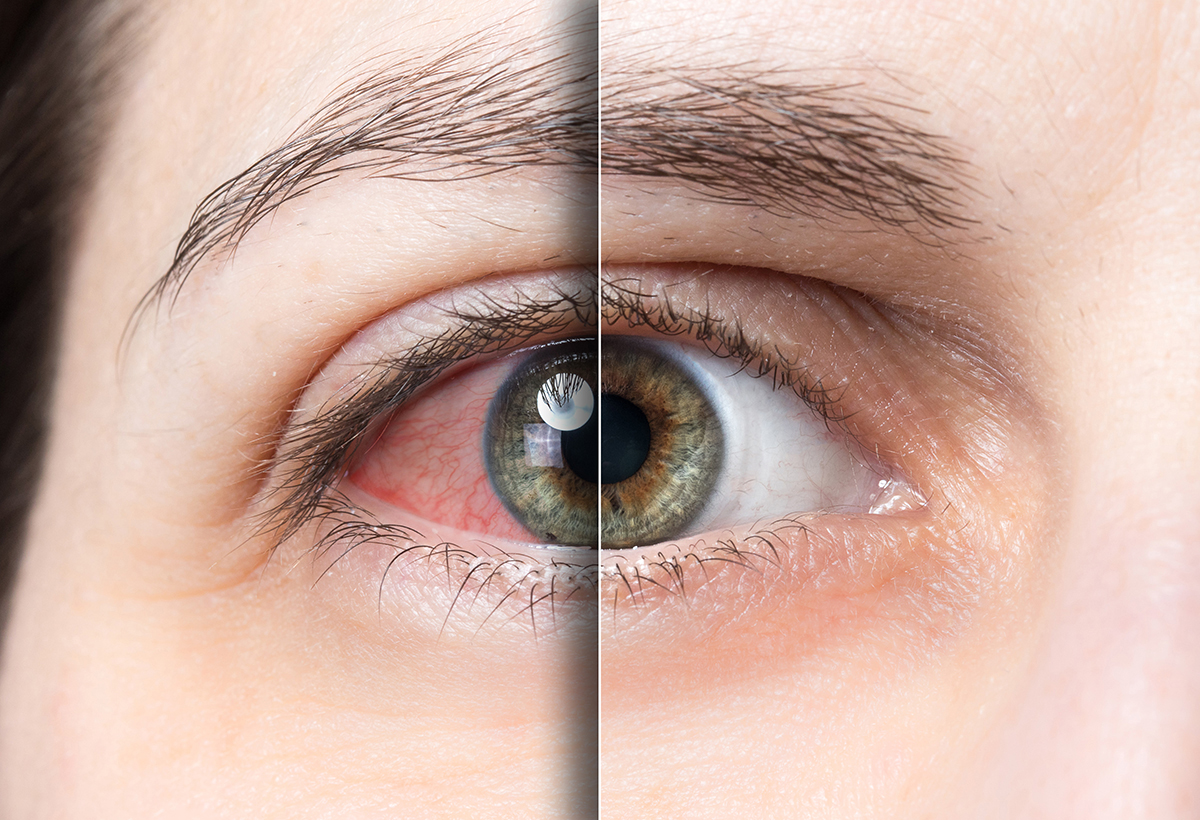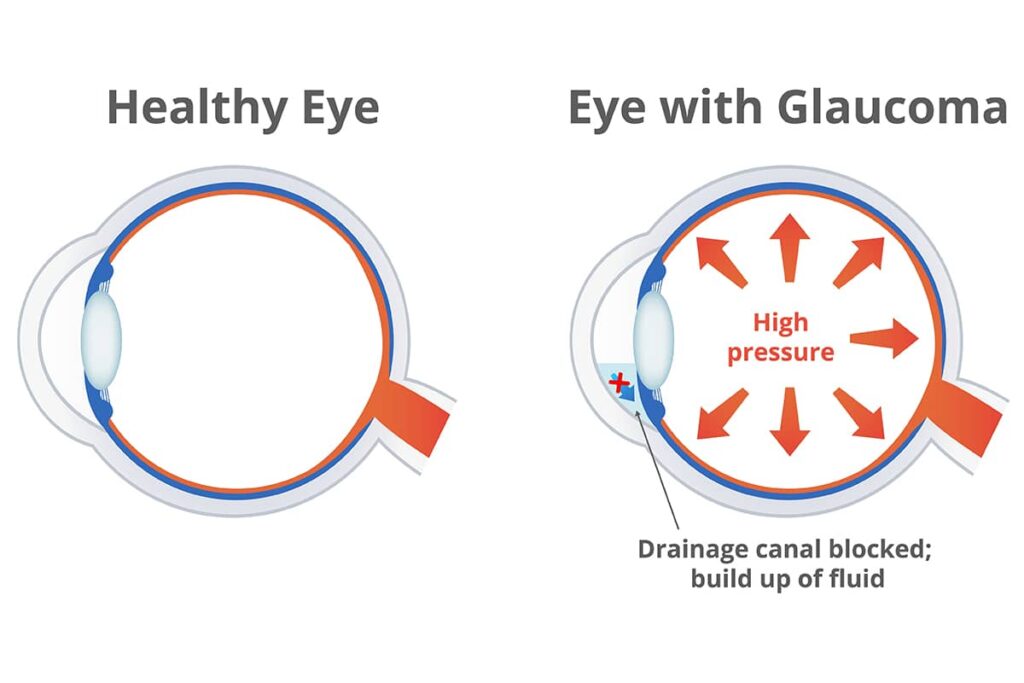There are several common corneal disorders that can affect the clarity, shape, and overall health of the cornea. Here are a few examples:
- Keratoconus: This is a progressive disorder in which the cornea thins and bulges into a cone-like shape. It causes distorted vision, astigmatism, and sensitivity to light. In the early stages, glasses or soft contact lenses may help, but advanced cases might require specialty contact lenses or even corneal transplantation.
- Corneal Dystrophies: These are inherited conditions that affect the cornea’s clarity due to abnormal deposits or changes in its layers. Examples include Fuchs’ endothelial dystrophy and lattice dystrophy. Treatments vary depending on the specific dystrophy, and in some cases, a corneal transplant might be needed.
- Corneal Ulcers: These are open sores on the cornea, often caused by infections (bacterial, viral, or fungal). They can result in redness, pain, tearing, and vision disturbances. Prompt treatment with antibiotics, antiviral drugs, or antifungal medications is essential to prevent complications.
- Corneal Abrasions: These are superficial scratches on the corneal surface, often caused by trauma or foreign objects. While they usually heal on their own, they can be painful and increase the risk of infection. Medical attention might be necessary to prevent complications.
- Corneal Ectasia: This refers to the thinning and distortion of the cornea, leading to a change in its shape. Keratoconus is one example of corneal ectasia. It can result in irregular astigmatism and blurred vision.
- Corneal Infections (Keratitis): Infections of the cornea can be bacterial, viral, or fungal in nature. They can cause redness, pain, blurred vision, and light sensitivity. Treatment involves addressing the underlying cause with appropriate medications.
- Corneal Scarring: Scarring can occur due to various reasons, including trauma, infections, or previous surgeries. Corneal scars can affect vision, and treatment options might include contact lenses, surgical interventions, or other corrective measures.
- Corneal Edema: This is the swelling of the cornea due to an imbalance in the corneal endothelium’s fluid-pumping function. Conditions like Fuchs’ endothelial dystrophy can lead to corneal oedema and cloudy vision.
- Pterygium: A pterygium is a non-cancerous growth of tissue on the conjunctiva (the clear tissue that covers the white part of the eye) that can extend onto the cornea. It might cause discomfort and vision problems if it interferes with the visual axis.
These are just a few examples of common corneal disorders. If you suspect you have a corneal issue or experience changes in your vision, it’s important to consult an eye care professional for an accurate diagnosis and appropriate treatment recommendations.
Now you can reach our Dr. Sonia Maheshwari , Cornea Specialist in Mumbai practicing at Clear Sight Eye Care and Laser Center.




